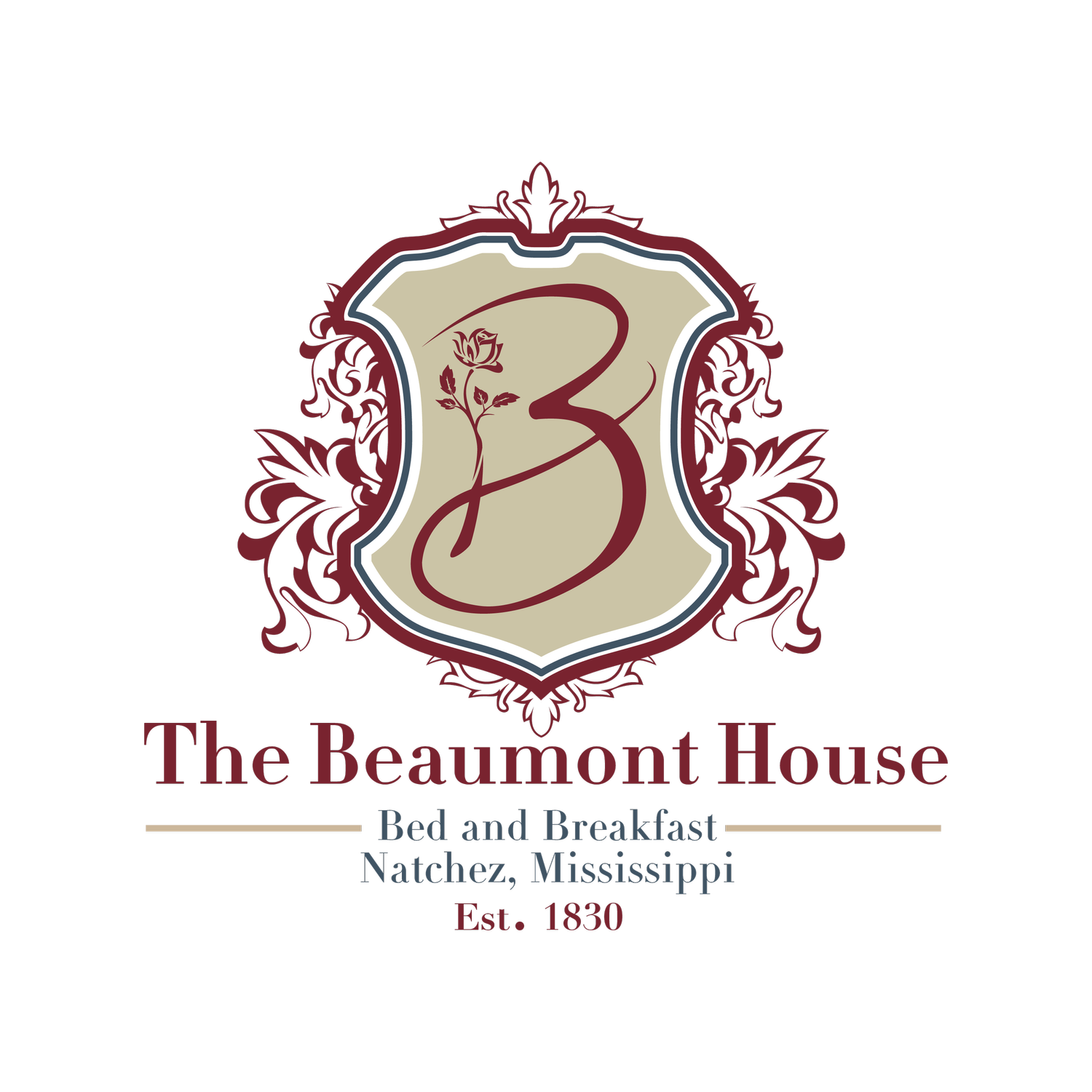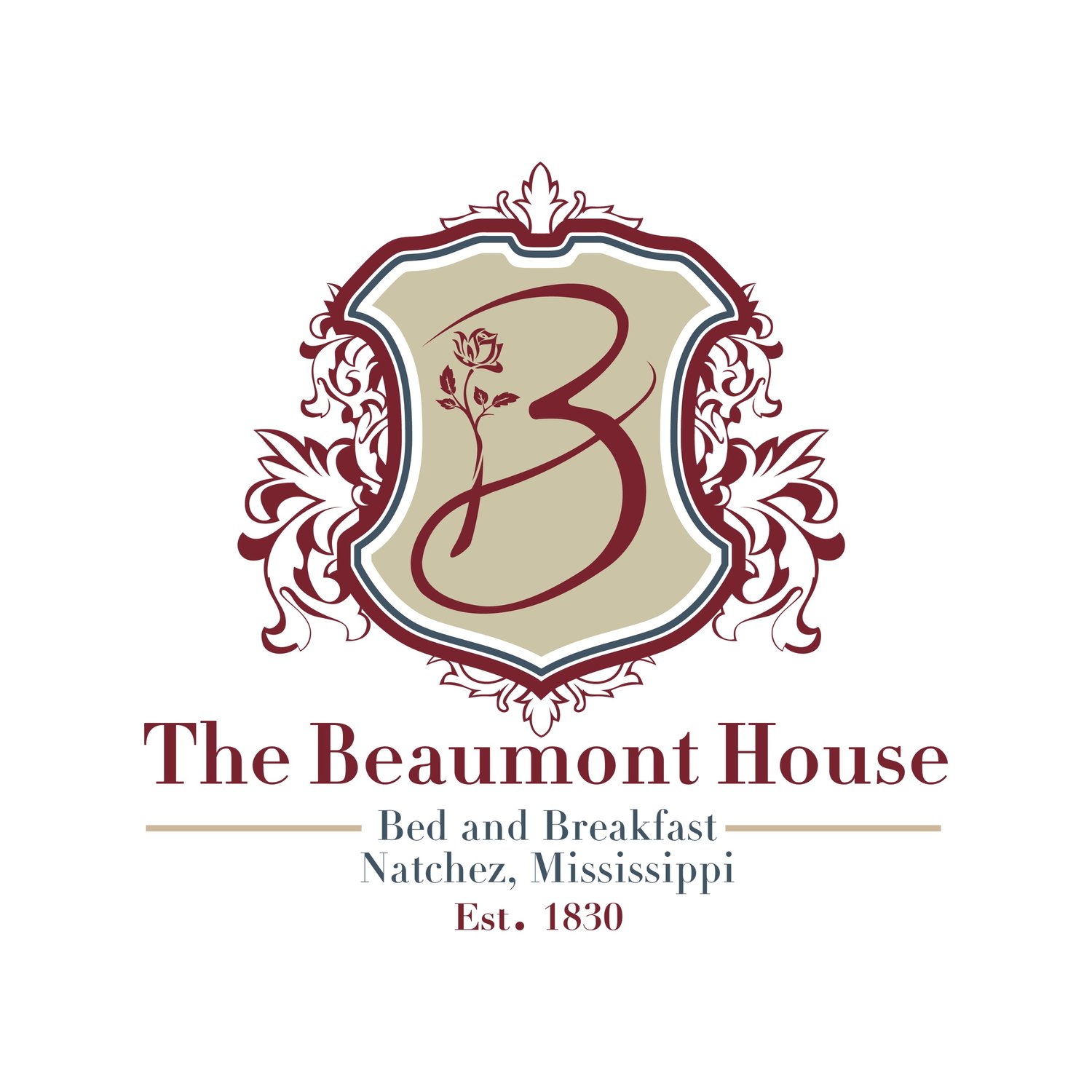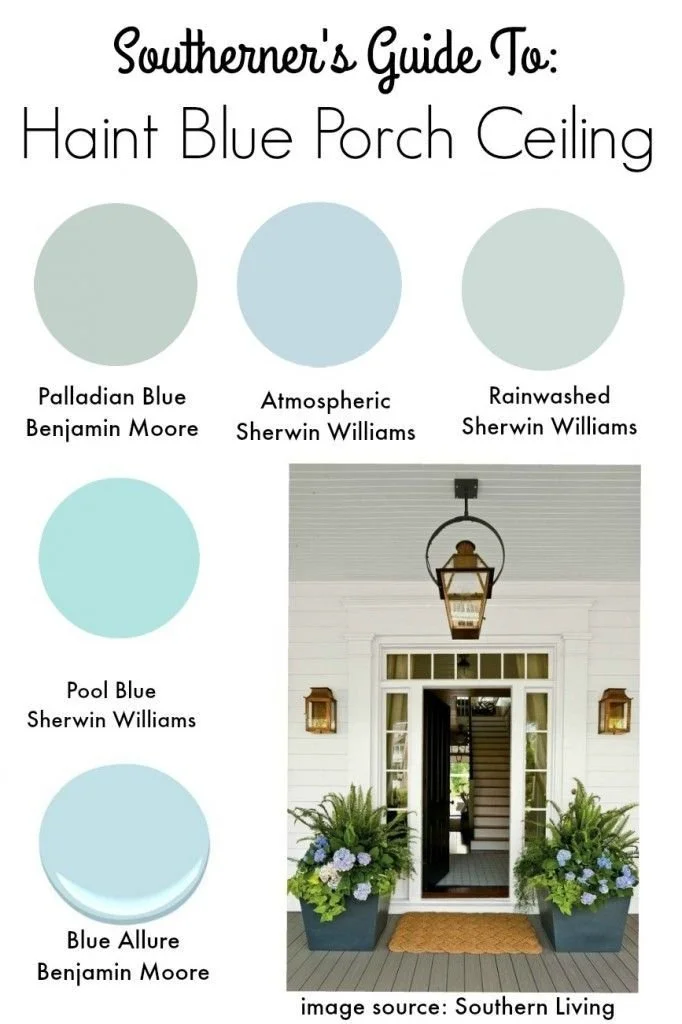Southern Blue Porch Ceilings - A Timeless Tradition
Southern Blue Porch Ceilings -
A Timeless Tradition
If you've ever strolled through the picturesque neighborhoods of the Southern United States, you might have noticed an enchanting trend—front porch ceilings painted in various shades of blue. This unique and longstanding tradition has piqued the curiosity of many visitors and residents alike. Why are these ceilings painted blue, and what significance does this color hold? In this blog post, we dive into the captivating history and cultural significance behind the blue front porch ceilings of the South.
Origins of the Tradition:
The origins of this fascinating tradition trace back to the Gullah Geechee people, descendants of African slaves who resided along the coast of South Carolina and Georgia. In their culture, blue represents water and the sky, symbolizing protection against evil spirits or "haints." The word "haint" is derived from the Gullah language and refers to restless spirits or ghosts. By painting the porch ceilings blue, it was believed that these supernatural entities would be fooled into thinking the blue color represented water, preventing them from entering the house.
Practical Purposes:
Beyond the cultural beliefs, the practical aspect of painting porch ceilings blue also played a role. Blue paint was traditionally made by mixing lime, water, and indigo dye. The indigo dye acted as a natural insect repellent, helping to keep wasps and other flying insects away from the porch area. This dual-purpose made blue a practical and symbolic choice for homeowners in the South.
Historical Influence:
The tradition of blue porch ceilings gained popularity in the early 19th century and remained a prominent architectural feature throughout the antebellum and Victorian eras. Many grand Southern homes, especially those with Greek Revival or Charleston-style architecture, boasted elegant front porches adorned with blue ceilings. The color blue was also a popular choice in historic cities such as Charleston and Savannah, where it harmonized with the coastal aesthetic and reflected the region's connection to the sea.
Aesthetic Appeal:
Beyond its cultural and historical roots, the beauty of blue front porch ceilings cannot be overlooked. The serene and calming hue adds a touch of charm and elegance to a home's exterior. The color is often chosen to complement the overall color scheme of the house, creating a visually pleasing contrast with the traditional white or pastel-colored siding commonly found in Southern architecture.
Modern Interpretations:
While the original purpose of deterring evil spirits may have faded in significance for many homeowners today, the tradition of painting front porch ceilings blue persists. It has become an enduring design choice that embraces the rich cultural heritage of the South. Modern interpretations often involve various shades of blue, from pale sky blue to vibrant turquoise, allowing homeowners to personalize their porch while still paying homage to the timeless tradition.
Conclusion:
The tradition of painting front porch ceilings blue in the Southern United States transcends mere aesthetics. Rooted in Gullah Geechee culture, the blue ceilings hold deep cultural, historical, and practical significance. They embody the South's spirit, creativity, and connection to the past while continuing to inspire homeowners to this day. So, the next time you find yourself on a leisurely stroll in the South, take a moment to appreciate the enchanting allure of these blue ceilings—a delightful blend of tradition, superstition, and Southern charm.



